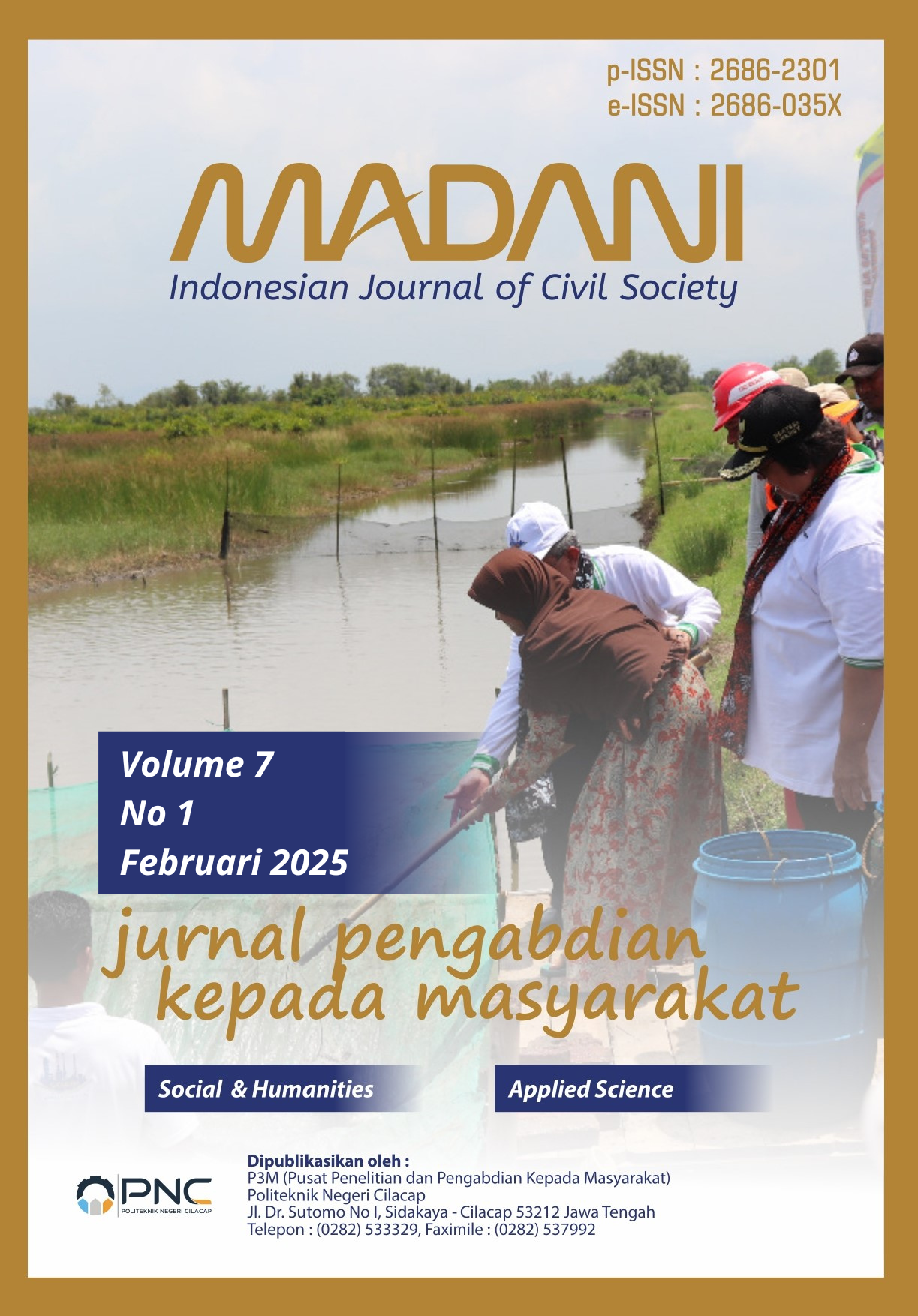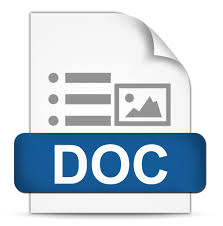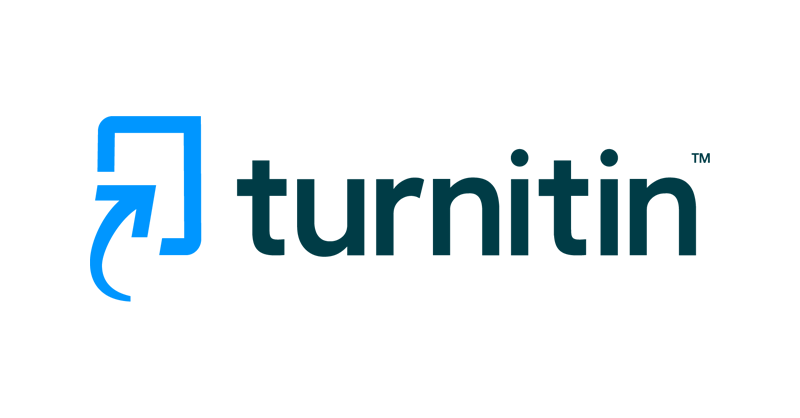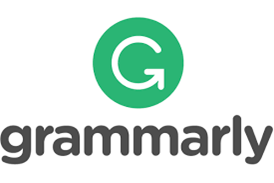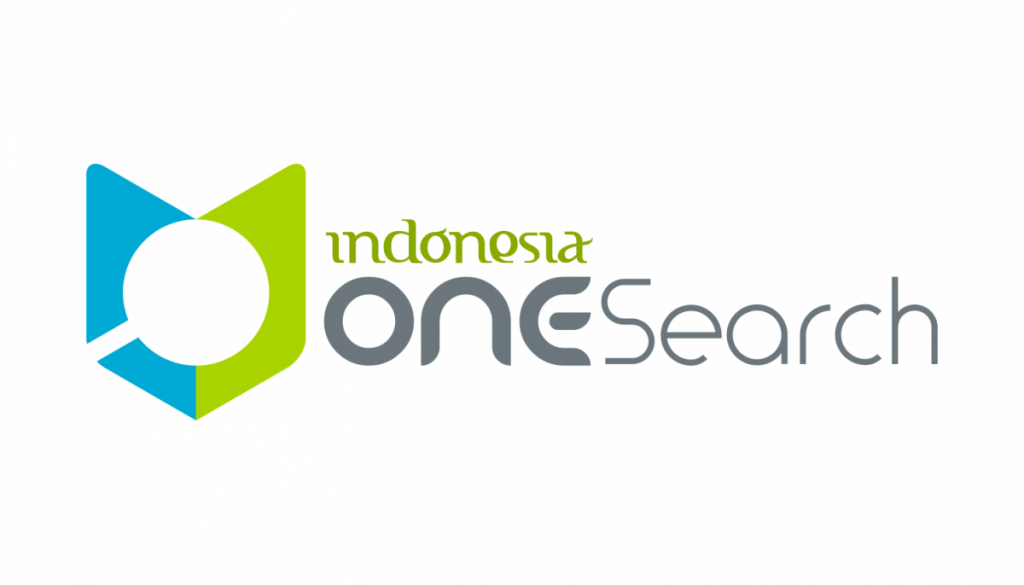Pelatihan Penggunaan Perangkat Pembelajaran Huruf Braille untuk Siswa Tuna Netra
 Abstrak views: 0
,
Abstrak views: 0
,
 pdf (English) downloads: 0
pdf (English) downloads: 0
Abstrak
Visually impaired children have limitations in learning Braille due to limited resources and improper facilities. These limitations mean that independent learning activities at home cannot be carried out because they require a teacher who understands Braille. This service activity is carried out to provide training to blind children on the use of Braille learning tools. This service aims to enable blind children to learn Braille letters independently without needing a teacher. Training activities consist of an introduction to Braille letters, an explanation of Braille learning devices, and training on the use of devices for self-learning. The results of the service show that Braille learning technology devices help students in learning independently. There are 6 students and 1 blind teacher who became respondents who agreed that the learning device can be used independently without the help of a companion teacher. Respondents also agreed that the use of assistive technology in learning devices is easy to use. Students have been able to use learning tools independently without the help of a companion teacher to study outside of school.
##submission.copyrightStatement##
##submission.license.cc.by4.footer##Copyright Notice
Authors who publish with this journal agree to the following terms:
- Authors retain copyright and grant the journal right of first publication with the work simultaneously licensed under a Creative Commons Attribution License that allows others to share the work with an acknowledgement of the work's authorship and initial publication in this journal.
- Authors are able to enter into separate, additional contractual arrangements for the non-exclusive distribution of the journal's published version of the work (e.g., post it to an institutional repository or publish it in a book), with an acknowledgement of its initial publication in this journal.
- Authors are permitted and encouraged to post their work online (e.g., in institutional repositories or on their website) prior to and during the submission process, as it can lead to productive exchanges, as well as earlier and greater citation of published work (See The Effect of Open Access).


